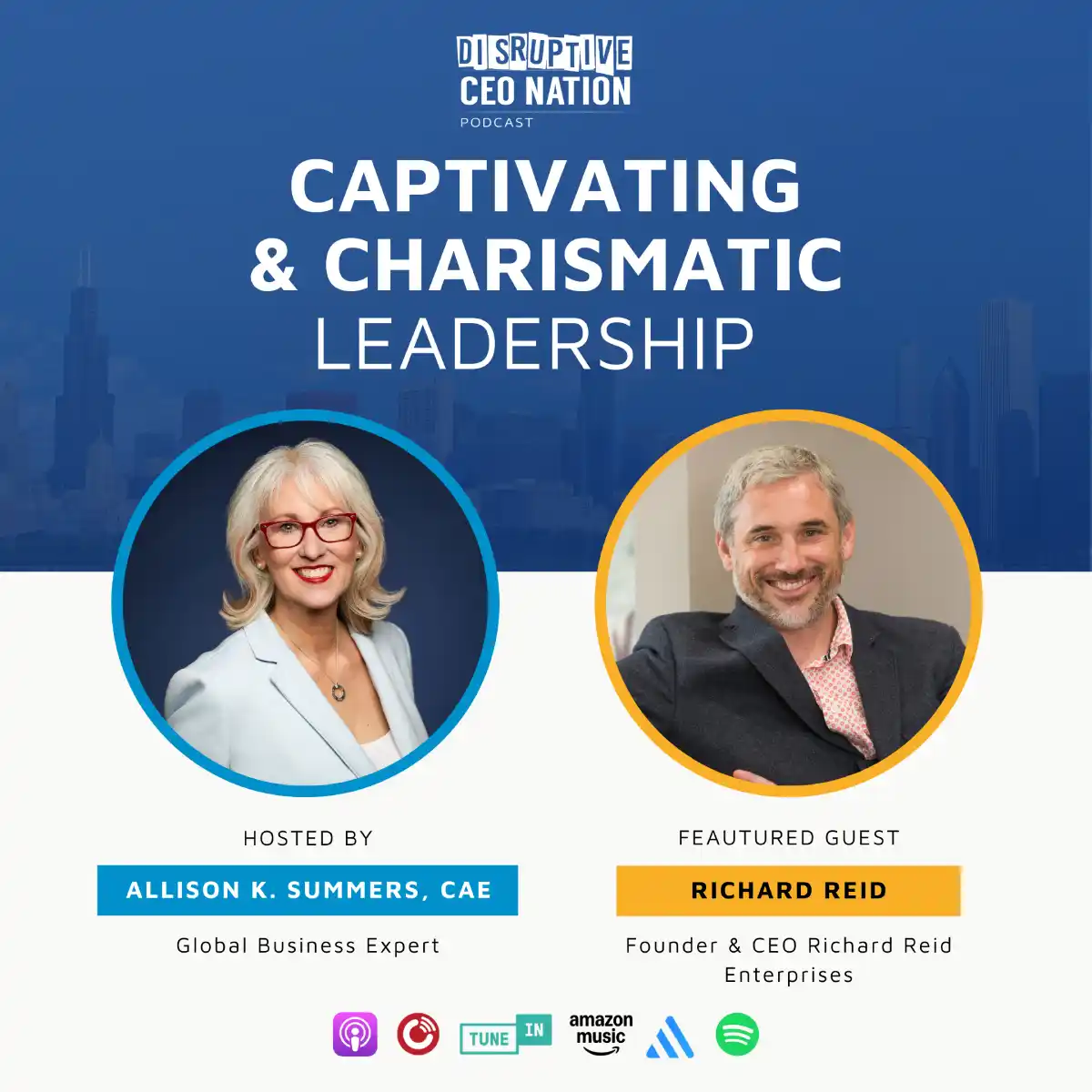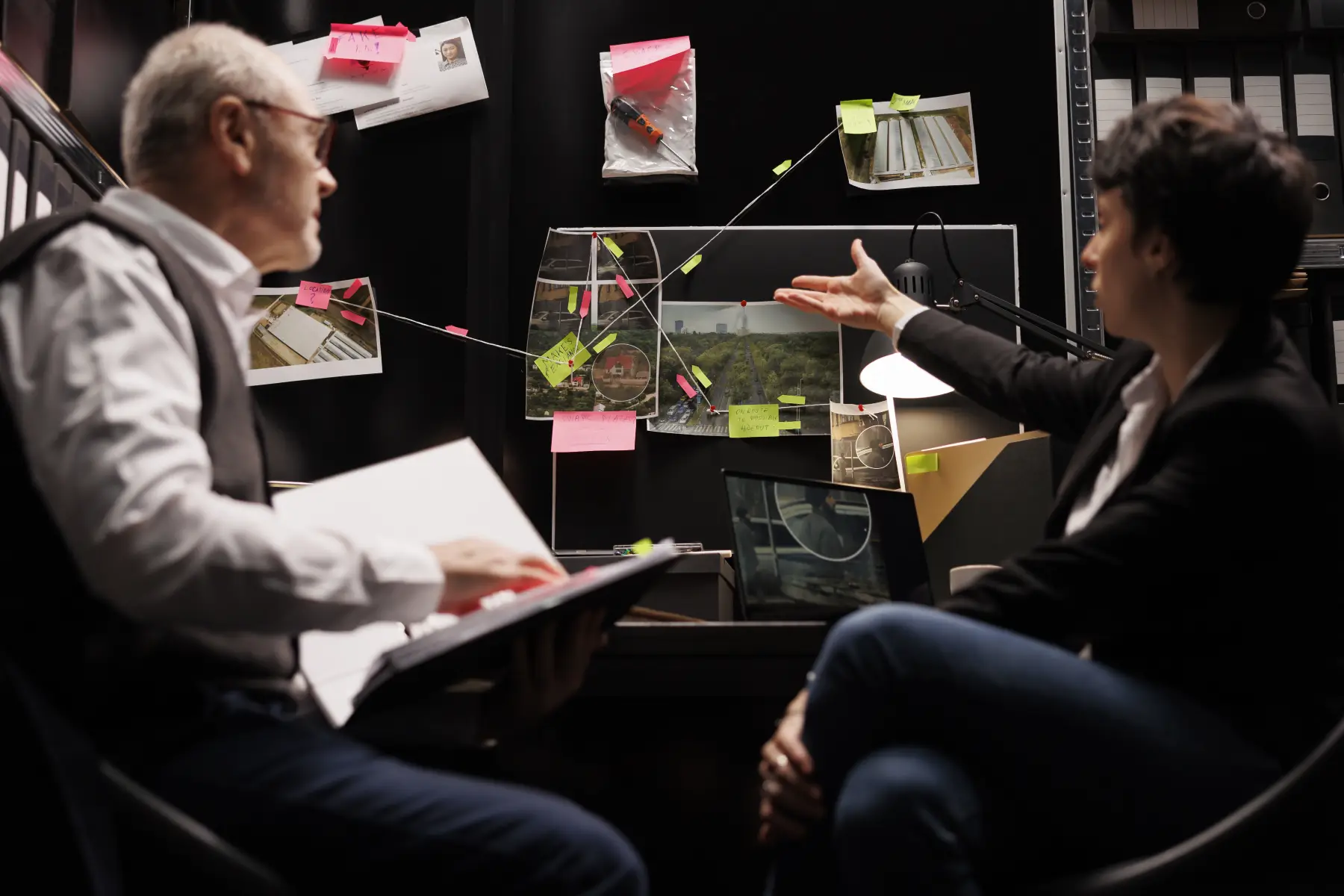I. Introduction
Organisational culture is the invisible force shaping how businesses operate, influencing productivity, employee satisfaction, and long-term success. Often described as “the way we do things around here,” culture reflects shared values, beliefs, and behaviours. While many organisations attempt comprehensive culture change initiatives, these efforts can fail if they overlook one critical factor: conversations.
Conversations act as the micro-level mechanisms through which culture is expressed and transformed. Dialogue not only reflects existing norms but also provides opportunities to challenge and reframe them. Whether it’s a one-on-one chat between colleagues or a large-scale leadership town hall, conversations drive trust, innovation, and alignment.
This whitepaper explores how organisations can shift their culture through intentional, strategic dialogue. By understanding the psychological underpinnings of culture, implementing effective communication practices, and examining real-world examples, leaders can harness the power of conversations to ignite meaningful change.
II. Understanding Culture
Defining Organisational Culture
Organisational culture encompasses the shared assumptions, values, and practices that shape how employees interact and make decisions. Schein (2010) describes it as a multi-layered construct, consisting of:
- Artefacts: Visible expressions of culture, such as language, dress codes, or office layouts.
- Espoused Values: Stated principles and strategies, such as company missions or codes of conduct.
- Underlying Assumptions: Deeply ingrained beliefs that guide behaviour, often unconsciously.
Culture evolves through repeated behaviours, reinforced by leadership actions, reward systems, and communication. However, when organisations seek to shift culture—whether towards innovation, diversity, or collaboration—it requires deliberate interventions in these ingrained patterns.
The Psychological Basis of Cultural Change
At its core, culture change is a psychological process. Individuals must alter not only their behaviours but also their mental frameworks, which often resist change. This resistance stems from:
- Cognitive Biases: Employees may favour the status quo due to familiarity or perceived stability.
- Social Identity: Cultural norms are closely tied to group identity, and proposed changes may be perceived as a threat to one’s sense of belonging.
- Fear of Uncertainty: Adopting new behaviours or perspectives involves risk and discomfort.
Kotter’s (1996) change model emphasizes that successful cultural transformation involves winning not only employees’ minds but also their hearts. Conversations play a pivotal role in navigating these hurdles, offering a platform to clarify intentions, build trust, and spark commitment.
III. The Power of Dialogue
Effective Communication Strategies
Conversations are the building blocks of relationships, understanding, and, ultimately, culture. Leaders who intentionally shape how they engage with stakeholders—employees, customers, and external partners—can effectively align values and steer collective behaviour. It’s not simply what is said but how it’s communicated that determines success.
- Fostering Transparency
Open dialogue fosters trust, reduces speculation, and aligns intentions. When stakeholders feel informed, they are more likely to commit to change.
Actionable Strategy: Leaders should host regular town halls to provide clarity on the “why” behind cultural shifts while encouraging team-wide participation.
- Active Listening
Active listening ensures employees feel heard, valued, and respected. It demonstrates empathy and encourages mutual understanding.
Actionable Strategy: Train leaders and managers to listen without interrupting, paraphrasing key points back to the speaker to validate their perspective.
- Storytelling
Stories are a powerful tool for anchoring abstract ideas in relatable narratives. They create emotional resonance, making new cultural values more tangible and accessible.
Actionable Strategy: Share employee stories that exemplify desired cultural behaviours, reinforcing norms through lived examples.
- Consistent Two-Way Feedback
Dialogue must be reciprocal. Leaders should seek input from employees to ensure that change efforts resonate authentically.
Actionable Strategy: Implement anonymous feedback systems alongside open Q&A sessions, ensuring employees feel safe voicing concerns or resistance.
Handling Resistance to Change
Resistance to culture change is inevitable, but challenging conversations can become growth opportunities when approached effectively. The key lies in reframing opposition as valuable feedback and uncovering blockers that need addressing.
Familiar Sources of Resistance:
- Emotional: Anxiety, fear, or resentment over potential losses.
- Rational: Misalignment between leadership’s vision and the realities of daily work.
- Group Dynamics: Peer influences can create collective resistance when cultural shifts disrupt norms.
Strategies for Managing Resistance:
- Acknowledge Concerns: Begin by validating employees’ feelings without dismissing their concerns or fears. For example: “It’s natural to feel uncertain. Let’s discuss how this change directly impacts you.
- Provide Evidence: Reinforce change through precise data, case studies, or benchmarking successful examples.
- Co-Create Solutions: Invite resistant groups to contribute ideas on how cultural transformation can be implemented practically.
Edmondson’s (1999) work on psychological safety emphasises that organisations where employees feel comfortable voicing discomfort or concerns are better positioned to manage resistance constructively.
IV. Case Studies
Case Study 1: From Top-Down to Inclusive Leadership at Microsoft
When Satya Nadella became CEO of Microsoft in 2014, he inherited a culture marked by internal competition and individualism. Nadella prioritised an organisation-wide shift toward a growth mindset and collaboration.
Key Interventions:
- Regularly held leadership listening sessions to encourage open dialogue on challenges and opportunities.
- Introduced storytelling campaigns to celebrate employees’ learning experiences and progress.
- Built a culture of empathy by fostering transparency around failures and new ideas.
Outcome:
Microsoft transformed its culture into one of innovation and inclusivity, reinvigorating employee engagement while driving market shares to new highs.
Case Study 2: Managing Transformation in UK Healthcare
A UK-based NHS Trust faced resistance after introducing a data-driven transformation programme aimed at improving patient outcomes. Staff perceived the initiative as a critique of frontline workers rather than a collaborative improvement effort.
Key Interventions:
- Leadership established cross-functional dialogue forums, enabling frontline staff to share their perspectives and influence the implementation of changes.
- Leaders shared complex data paired with compelling patient stories, framing the shift as a shared mission to benefit communities.
Outcome:
While implementation initially encountered friction, ongoing dialogue fostered trust, leading to widespread buy-in among staff and a measurable improvement in patient care metrics.
Lessons Learned from Case Studies
- Trust Is Non-Negotiable: Leaders must employ transparent and empathetic communication to establish credibility and foster alignment.
- Dialogue Encourages Buy-In: Actively involving employees in conversations leads to greater acceptance of change.
- Collaborative Leadership Yields Results: Transformation thrives in cultures where employees share a sense of mutual ownership of goals.
V. Conclusion
Organisational culture cannot be dictated; it is shaped through everyday interactions and sustained dialogue. This whitepaper has demonstrated the central role conversations play in shifting culture, from fostering psychological safety to overcoming resistance. Leaders who prioritise effective communication and engage employees in meaningful conversations position their organisations to thrive in an era of constant change.
The Importance of Ongoing Dialogue
Cultural change is seldom linear; it is an iterative process that requires constant reinforcement and adaptation. Ongoing, intentional dialogue ensures that employees remain engaged, aligned, and committed to the organisation’s vision. Conversations must move beyond transactional updates to become trust-building and value-driven exchanges.
Recommendations for Leaders:
- Set the Tone at the Top: Leaders should model the behaviour they want to see, using conversations to embody the organisation’s core values.
- Invest in Communication Training: Equip employees at all levels with the tools to engage in practical, empathetic dialogue.
- Measure Progress: Collect regular feedback on the organisation’s cultural transformation efforts and adjust strategies accordingly.
- Celebrate Small Wins: Share success stories that reflect cultural progress and reinforce new norms.
By embracing the power of dialogue, organisations can foster a culture that is not only adaptable but deeply aligned around shared values and aspirations.
References
- Edmondson, A. C. (1999). “Psychological Safety and Learning Behavior in Work Teams”. Administrative Science Quarterly, 44(2).
- Kotter, J. (1996). Leading Change. Harvard Business Review Press.
- Schein, E. H. (2010). Organisational Culture and Leadership. Jossey-Bass.
- Microsoft. (2019). “Cultural Transformation Case Study.” Available Online.










